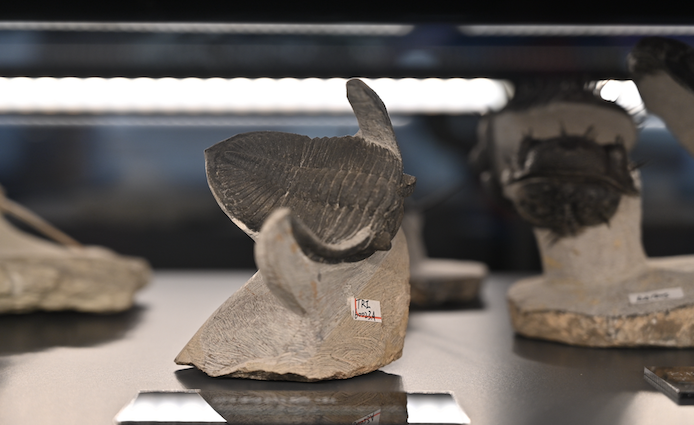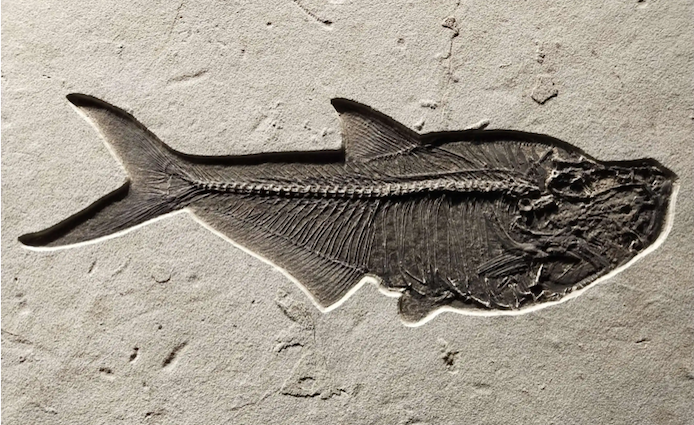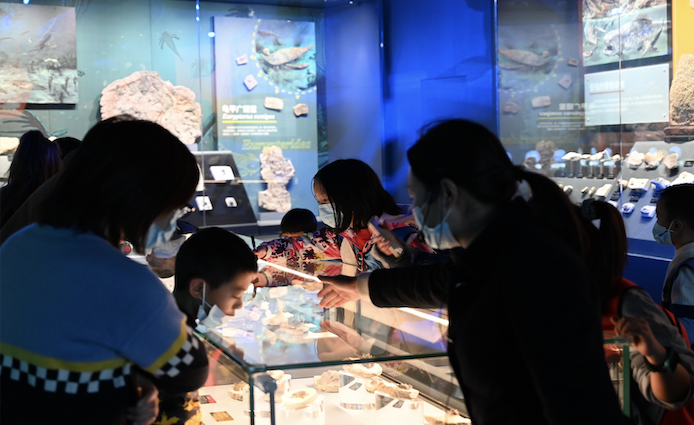
The national Geopark of Chengjiang Maotianshan Mountain Paleozoic Fossils
Maotianshan Paleozoic fossil zone (Maotianshan Fauna) is located on the east coast of Fuxian Lake, Chengjiang County of Yunnan Province.it is about 70 kilometers from Kunming, the capital of Yunnan province and it will take about 2 hours to drive there. The whole Paleozoic zone is in the shape of a snake, winding for about 20 kilometers long and 4.5 kilometers wide. The depth of the covering layer is over 50 meters. The delineated area is 18 square kilometers and the core protected area is 1.2 kilometers.

So far, more than 30 fossils occurrences are being discovered and over 3’000 pieces sampled. Through study and identification, the scientists have found more than 100 kinds of Paleozoic fossils which belong to 40 categories, covering all kinds of modern living beings. Furthermore, many kinds of extinct animals living in remote antiquity are also discovered. They are beyond the available animal classification system, and the naming of these animal fossils is made according to the discovering sites such as Fuxianhunia, maotianshania, Yunnania, and so on.

The exceptionally well preserved soft-bodied chordate fossils of the Maotianshan Paleozoic fossil zone, are an outstanding record of a major stage in the history of life: the oldest example of the emergence of multicellular forms of metazoan life when the ancestors of almost all the later groups of animals originated. As the earliest evidence of the Cambrian explosion – the rapid diversification of species within a complex marine ecosystem - they have become essential to the understanding of subsequent life on Earth.

The rocks and fossils of the Chengjiang Fossil Site present an outstanding and extraordinarily preserved record that testifies to the rapid diversification of life on Earth during the early Cambrian period, 530 million years before the present. In this geologically short interval, almost all major groups of animals had their origins. The diverse geological evidence from the Chengjiang Fossil Site presents fossil remains of the highest quality of preservation and conveys a complete record of an early Cambrian marine community. It is one of the earliest records of a complex marine ecosystem and a unique window of understanding into the structure of early Cambrian communities.

East Yunnan is one of the best regions in the world for showing a continuous, well-developed, and well-distributed sequence of lower Cambrian strata, making it possible to study the Chengjiang soft-bodied fauna in a stratigraphic, sedimentological, and palaeo-environmental context. The Chengjiang site presents the most complete record of an early Cambrian marine community and contains a prolific and exceptionally well-preserved biota that displays the anatomy of both hard and soft tissues in a very wide variety of organisms, invertebrates, and vertebrates in exquisite detail. Its beautiful fossils illuminate questions about the design of animal bodies and genetic evolution and record the early establishment of a complex marine ecosystem with food webs dominated by sophisticated predators.
Photo Resource: Internet
If there's any copyright issue involved, please contact us to delete.



